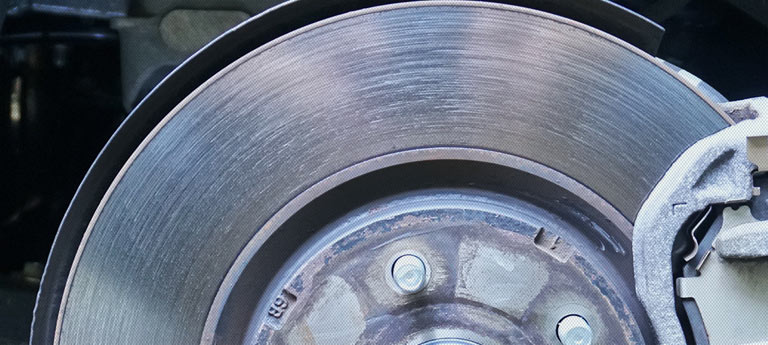Brake fluid Information

Information about brake fluid
- Introduction about brake fluid
- DOT Classification
- Silicone-based brake fluid
- Glycol-based brake fluid
- Brake fluid is aggressive
1 ▼
Introduction about brake fluid
Brake fluid is hygroscopic, meaning it absorbs water. When it is new in the bottle, it can be considered "dry" with a higher boiling point. Over time, brake fluid absorbs water and lowers the boiling point to the "wet" level.
Changing brake fluid means removing water from the brake system and it is extremely important to the function and performance of the brake system. Change the brake fluid at least every two years on a regular car. Much more often for cars that are used on the track or driven hard with, preferably after every other drive but this is usually not followed.
For street cars, wet boiling point numbers are more important than dry because the fluid is not changed as often. After months of exposure to moist air and changing climates, brake fluid performance is closer to the wet boiling point than the dry boiling point.
When brake fluid boils, it turns into steam and forms air bubbles. This creates a "soft pedal" and requires excessive pedal movement to brake properly. Do not confuse this with "brake fade". Brake fade occurs when the brake pads become too hot due to prolonged braking or the brake pads simply cannot handle the high temperature that is generated. Brake fade requires greater and greater pedal effort to stop the vehicle: boiling fluid increases pedal travel and makes the pedal feel soft.
Due to the extreme temperatures created during track driving, standard brake fluids are not recommended for track / hard driving.
NOTE - Do not use silicone-based brake fluid unless this is specifically to be used for your vehicle.
2 ▼
DOT Classification
What are the different classifications?
DOT2, DOT3, DOT4, DOT5 och DOT5,1
The difference between the classifications?
DOT2 - Not used anymore
DOT3 - (SAE J1703) consists of triethylene glycol monomethyl ether but is no longer used.
DOT4 - Glycol based fluid = hygroscopic.
DOT5 - Silicone-based brake fluid = non-hygroscopic.
DOT5.1 - Glycol-based fluid = hygroscopic, but the DOT4 designation is used almost exclusively in today's situation.
3 ▼
Silicone-based brake fluid
Very few market silicone-based brake fluid or recommend their use in any brake system. The high price of silicone fluids does not provide higher performance in the performane sector or even normal use. Rather, using silicone fluids leads to problems.
Virtually all problems with silicone brake fluids reflect certain characteristics of silicone fluids that have been identified over many years. These properties are specifically: high ambient viscosity; high air absorption; high compressibility; low greasiness; and immiscibility with water.
These characteristics of silicone-based brake fluid result in a "spongy" pedal, sudden brake losses, and/or brakes that lock up.
4 ▼
Glycol-based brake fluid
Glycol-based brake fluids do not have the negative properties found in silicone-based brake fluids.
5 ▼
Brake fluid is aggressive
Brake fluid is an aggressive fluid that must be handled with care. Brake fluid can damage the brake pads and the car's paintwork. It is therefore important that the hydraulic system is in good condition without leaks.
▼
▼
-
Brake system
- Brake system: Parts and installation
- Brake bias bar
- Brake distribution valve installation
- Brake fitting - Convex or concave
- Brake fittings (Video)
- Brake fluid information
- Brake pipe flaring
- Carbotech: Choose the right brake pads
- How to bleed your brakes?
- Master brake cylinder: What size should I have on my master brake cylinder?











































